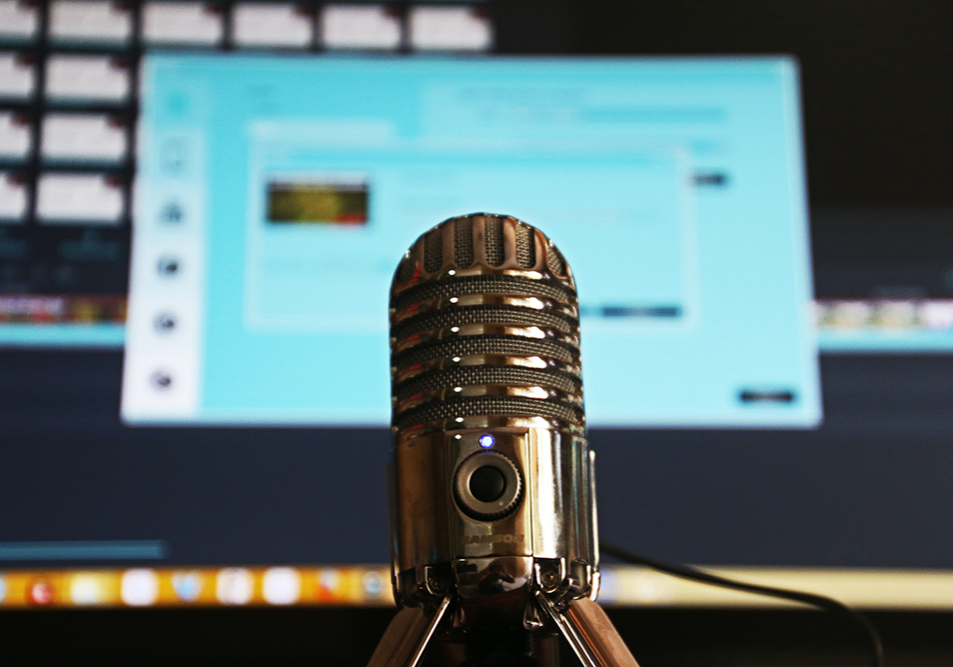The Accunet Mortgage Show (12/13/2020) Episode
Sad announcement: The record low mortgage rate streak has been broken. But don’t worry, it’s still incredibly low! On this week’s episode, we dive into home equity and learn why Brian and David are the Aaron Rogers & Brett Favre of the mortgage lending world.
This week’s Highlights:
- How home equity has changed for the “average” American homeowner this year.
- Dead equity: What it is, and how to avoid it.
- Why you shouldn’t bring additional money to closing.
- Brain calls BS on Fannie and Freddy’s risk assessment.
Home equity increases for American homeowners
CoreLogic®—a publicly traded company that provides property-level insights—released a report on 12/11 that states as of the end of September, homeowner equity has increased $1 trillion in America from last year (that’s 12 zeroes!). Despite the pandemic, individual homeowners picked up an average of $17,000 (11%) in home equity.
So how does this affect our clients? Well, since there are currently more home buyers than sellers, this means all the states we lend to saw healthy average increases in equity:
- Minnesota: +$15,000
- Wisconsin: +$14,000
- Florida: +$14,000
- Illinois: +$6,000
Make the decision to refinance easier with Accunet mortgage and our team of refinance experts—click here to get started.
Real Client Experience
We have a client who owns a home in Waukesha worth $650,000. He bought a second home near Naples, Florida when rates were at 3.5%. He expects there to be another dip in the stock market and is trying to figure out how to stay ahead of the drop. He owes $196,000 on his Waukesha home, which he plans to sell within the next few years, and has $200,000 in the bank. Because he has the money to invest, he was wondering if he should do one of two things:
- Pay off his Waukesha mortgage, which would be similar to investing in a bond at the current rate
- Take home equity out and get ready to buy the dip in the stock market
Our answer: Neither!
Why? Because when you entirely pay off your home and just have equity by owning it free and clear, it’s referred to as dead equity. That means you have money tied up in your home but aren’t using it to actually increase the value of the home in any way. Because of this, we offered an alternative solution:
We recommend he borrows $200,000 on top of the $200,000 he has in the bank to use toward his 30-year fixed mortgage. This gives him a total of $400,000 to work with at the exact same rate he had previously, so he can invest the excess and get the return. If he sells his home in the next few years, he’ll be free of debt, but still have that money invested.
Should you pay extra at closing to lower your monthly rate?
Long story short: No.
Right now, the cost to borrow is $4.21 per $1,000 per month. That’s a solid rate and is relatively cheap money. We recommend you always match the term of debt when you have a loan. That means, if you take out a loan for 30 years, whatever you’re spending that loan on should also last 30 years.
Let’s say you add an additional $1,000 to your closing costs to lower your monthly payment. At the current rate, you’ll only be lowering your monthly payment by $4.21. It’s going to take you 20 years to get that money back. If you bring no extra money, you keep that additional $1,000 and only have $4.21 more to pay each month.
Learn more about the rules of refinance with Accunet’s refi rules of thumb.
Brain’s take on Fannie and Freddie’s refinancing risk assessment
The way interest rates work changes depending on different types of mortgages:
- When you buy
- Regular refinance without taking cash out
- Refinancing when you take cash out
Fannie and Freddie consider cash-out refinancing riskier than regular refinancing and buying. Why? Honestly, it’s not super clear. Brian is definitely NOT a fan of the way they make their assessments (total BS, banana soup). We suspect there are large sets of data that likely suggest cash-out refinances tend to go sour more—even if just ever so slightly—than traditional refinancing, and therefore Fannie and Freddie consider them a riskier investment.
This is where Brian calls BS on that nonsense. Theoretically, you could take cash out to refinance, and then not refinance until 6 months later, so it’s technically no longer a cash-out refinance. It’s all about knowing where the edge is, like how the best players are always able to stay inside the boundaries at Lambeau.
So why do they do it this way?
Opportunistic money-grabbing, if you ask us. They can’t grab the money from people who need forbearance because that wouldn’t be morally sound, and they’d get called out really fast for that one. So they offset that risk with people who choose to refinance.
But there’s good news! If you’re borrowing less than $125,000 and qualify for Home Ready or Home Possible (making less than 80% of AMI), Fannie and Freddie won’t add any additional costs to those borrowers.
Buying your first home? Start here so you know what to expect from the process!
Want the Lowest Rate on Your Home Loan?
Let's Get Started!
You Might Also Like
Aenean sollicitudin egestas elit vel mattis. Proin non lorem arcu. Sed ornare venenatis sapien id iaculis. Etiam ultricies interdum commodo. Aliquam erat volutpat.

